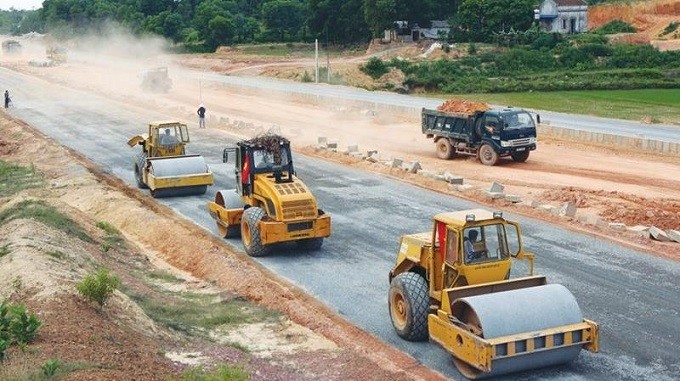In addition, the removal of institutional knots to strengthen the mobilisation and effective use of social resources has also been requested, alongside strictly managing, avoiding loss and waste, and improving the efficiency of the use of public investment resources, considering this as one of the specific solutions in 2019 to drastically implement strategic breakthroughs, restructure the economy, renovate the growth model and enhance the quality of growth.
Since the Law on Public Investment took effect in 2015, the overdiversified investment “disease” has been put under control, contributing to gradually improving the efficiency of investment from the state budget. The investment structure has also changed, reducing the proportion of public investment capital in the total social investment capital and increasing the percentage of investment capital from the private and foreign-invested sectors. This means public investment will serve as the “bait capital”, leading other economic sectors to make their investments.
However, over recent years, the state of slow disbursement of public investment has yet to change remarkably. The state budget has money but cannot spend, while many key projects have to wait for capital. The Ministry of Planning and Investment’s statistics updated to January 2019 showed that among 66 out of 126 agencies having sent reports on the disbursement of public investment in 2018, only nine agencies posted a disbursement rate of over 90% of the annual plan. The disbursement rate was below 50% of the plan for many agencies, and there was a locality which even disbursed nothing in the past year. Public investment capital accounts for a relative proportion of total social investment. Therefore, slow disbursement of public investment will negatively impact the GDP growth. There are several causes for the limitations in public investment. The subjective cause is that legal institutions on public investment have yet to be really synchronised, unified and completed, and have yet to thoroughly address the overlapping situation. Also, there remains embarrassment in implementing the Law on Public Investment and the documents guiding the enforcement. In addition, the ministries, sectors and localities have yet to perform well in making preparations for the projects, dealing with land clearance, and observing the principles and criteria of allocating capital plans. Meanwhile, the quality of planning and forecasts remains limited, causing wastefulness and inefficiency in investment in some infrastructure projects.
The Government is submitting to the National Assembly for approval of the draft revised Law on Public Investment in an effort to remove difficulties and obstacles that are arising in reality. The Government has also requested the upholding of the roles and responsibilities of heads of ministries, sectors, localities and units in accelerating public investment disbursement; publicising the implementation results; strengthening orders of public services; and strictly implementing legal regulations on bidding, ensuring publicity and transparency and striving to increase the rate of selecting contractors online in the form of competitive offers and open bidding by at least 50% of the number of bidding packages and 15% of the total value of the packages. Strongly implementing the aforementioned solutions right from the beginning of 2019 will contribute to promoting disbursement as well as improving the efficiency of public investment.
















